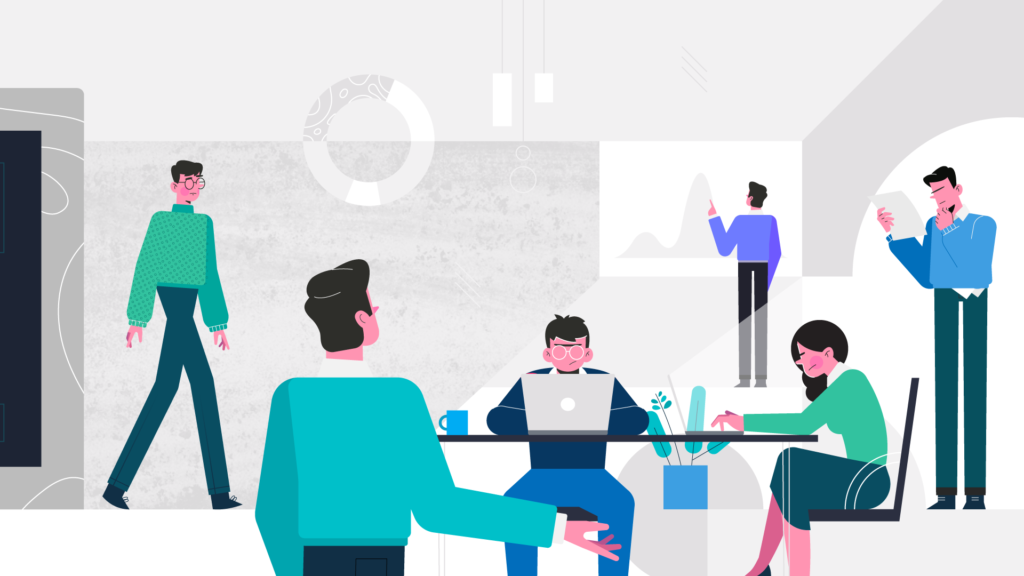

Digital Marketing, also known as Digital Marketing is the set of activities that a company (or person) executes in line with the objective of attracting new business, creating relationships and developing a brand identity. Among its strategies are SEO, Inbound Marketing and Content Marketing.
The concept of Digital Marketing may seem very clear, but at the same time, it is very subjective.
How to understand a subject that covers so much? Does any action on the Internet of my company characterize Digital Marketing? What are the best strategies? How to extract the maximum potential from these actions?
There is no doubt about the usefulness and growth of digital marketing in the coming years, and many people already know it.
And you? Are you ready to know this whole universe?

If your answer is “Yes”, we create this complete content so that you understand exactly what Digital Marketing is, its main benefits, the strategies used and how your company can take advantage of it.
In this article you will learn:
- Definition of Digital Marketing or Online Marketing
- Main concepts of Digital Marketing
- Benefits of Online Marketing
- Digital Marketing Strategies that you can implement
- Steps to put together a Digital Marketing plan?
- Online Marketing Tools for your company
- What is Digital Marketing or Online Marketing?
- Digital Marketing or Online Marketing is the set of strategies aimed at communication and electronic marketing of products and services. It is one of the main ways available for companies to communicate with the public directly, personalized and at the right time.
Philip Kotler is considered the father of Marketing, and defines it as “The social process from which people and groups of people satisfy desires and needs with the creation, offer and free negotiation of valuable products and services with others.”
However, the ways to make that happen, change almost daily.
Therefore, it is currently impossible to talk about marketing and ignore that more than half of the world’s population has access to the Internet and that by 2021 there will be 2.3 billion digital consumers.
This explains why Digital Marketing is the most prominent way of doing and conceptualizing marketing right now.
The term is used to summarize all your marketing efforts in the online environment.
Using digital channels, such as blogs, sites, search engines, social media, emails and others, companies try to solve ailments and desires of their clients and potential clients.
Digital Marketing can be carried out by people, companies, universities, NGOs, associations, churches, etc. But it must take into account cultural, psychological, geographic, legal factors that influence people when it comes to buying or selling a product or service.
Before continuing our study on Digital Marketing, I must warn you that this is an extensive article. Therefore, we make this content available for download in PDF. Just fill out the form below:
The great flow of communication that the web provides, today, favors agile strategies, such as Search Engine Optimization (SEO), Inbound Marketing and Content Marketing, as we will see in the next points.
When we talk about increasing our network, strengthening our brand and making better sales, all these are objectives in which digital marketing is an important tool to achieve it.
How Online Marketing was born
In the 90’s the first version of the Internet emerged, a little different from what we know today: the so-called Web 1.0.
That old Internet did not allow users to interact with web pages actively, but allowed them to find information in a simple search system.
It was like a library you entered, you found what you wanted, but you couldn’t alter the content you found.
At this primitive moment of the Internet the term “Digital Marketing” was created.
However, it was still very similar to traditional marketing, as the communication was unilateral, made by the company in an institutional site, and the consumer only passively received the content, without a close interaction between the two parties.
In 1993, Internet users began to interact more with the companies that advertised on the web, since at this time the first ads that could be clicked emerged.
However, it was only until 2000 that digital marketing became more similar to what we know today.
The arrival of Web 2.0 allowed anyone to become a content producer, which made the flow of digital communication more democratic.